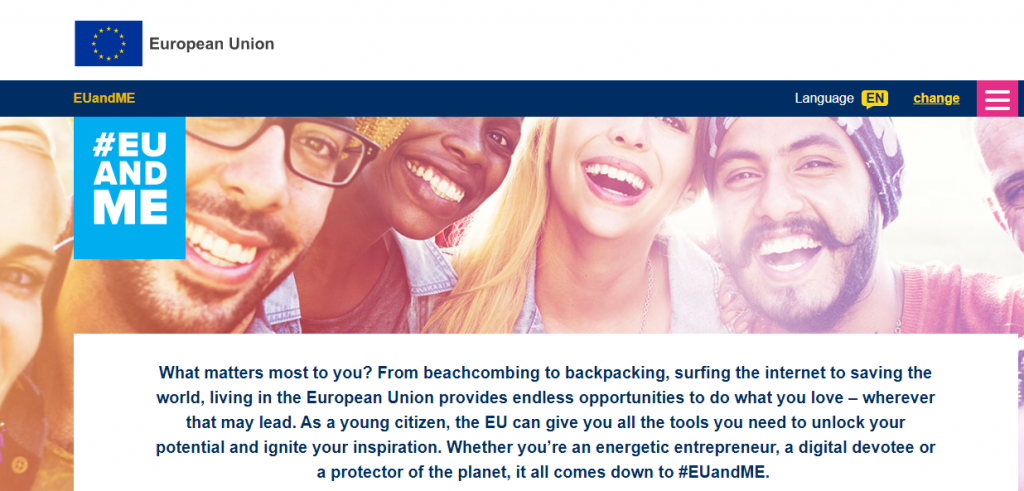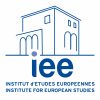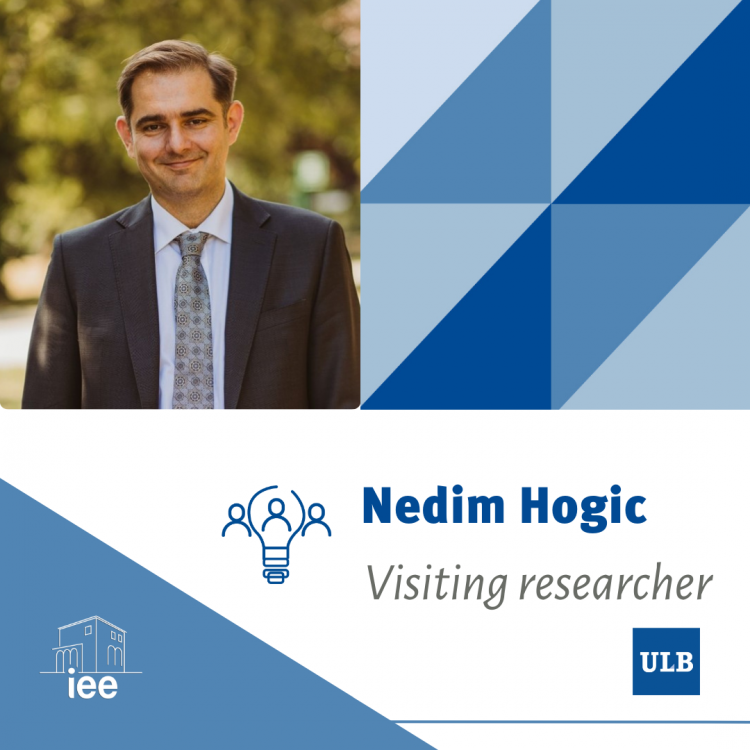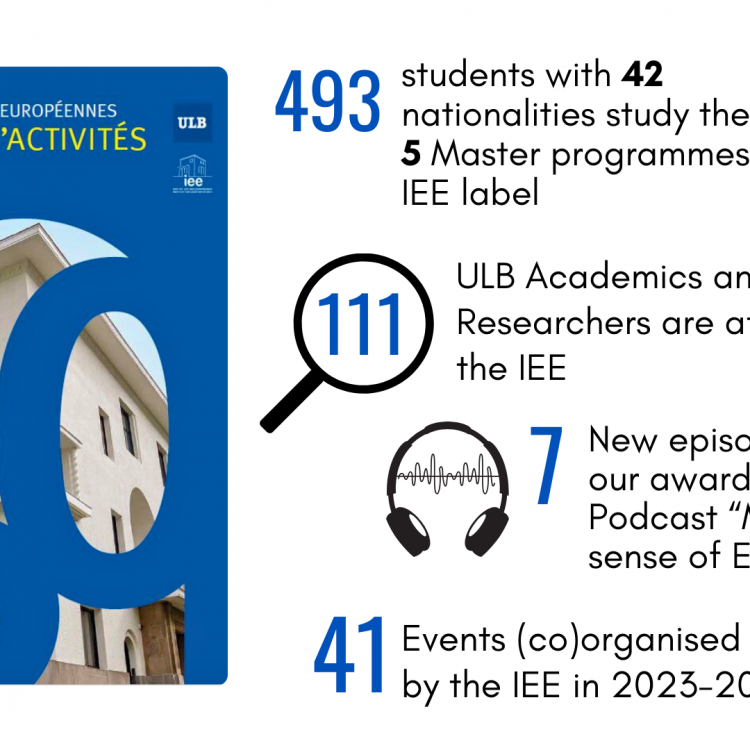 María Isabel Soldevila is a journalist. She is the Communication Director at the IEE-ULB since 2017. As a Fulbright grantee at Columbia University, she earned a Master’s Degree in Journalism (2004). She was a Knight-Wallace Fellow at the University of Michigan, Ann Arbor (2015) and was for a decade the Unesco chair of Communication, Democracy and Governance in her native Santo Domingo, Dominican Republic. She recently completed the IEE’s Executive Master in European Union Studies.
María Isabel Soldevila is a journalist. She is the Communication Director at the IEE-ULB since 2017. As a Fulbright grantee at Columbia University, she earned a Master’s Degree in Journalism (2004). She was a Knight-Wallace Fellow at the University of Michigan, Ann Arbor (2015) and was for a decade the Unesco chair of Communication, Democracy and Governance in her native Santo Domingo, Dominican Republic. She recently completed the IEE’s Executive Master in European Union Studies.
EU Communication in Times of Contestation
The European Commission’s strategic shifts to inform and convince
The Legitimacy Challenge
The years leading to the 2010 Eurozone crisis and to the 2016 Referendum on Brexit were a simmering crock-pot of populist party-politics, citizen disenchantment and the emergence of online disinformation (“fake news”), a recipe that has shaken the European project.
Legitimizing the European Union has been the constant preoccupation of the European Commission, especially in times of political contestation, with the shared idea that a lack of information about the benefits of the EU project and what the EU is and does is at the root of citizen contestation.
The qualitative analysis of European Commission strategic communication documents from 2004 until 2019 shows that engaging with citizens (audiences) has also been a constant objective, addressed in a slow, evolutive, back and forth process, that has had important implications both in the internal Commission’s communication structure and in the approaches, means and tools to reach citizens.
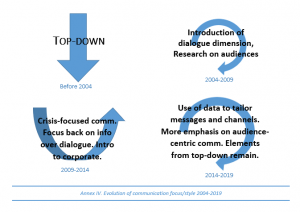
See the list of strategic documents analysed
Listen, then influence
The strategic documents show that, with few exceptions, the objective of establishing a dialogue with the citizens has had more to do with learning about their needs and behaviours in order to better convince them of the value of the European project than it has been an exercise in active listening that could allow for true engagement and transformation.
The process of engaging and listening has mostly been used as a marketing tool for gaining insight in order to subsequently frame communication. Dialogue has been mostly encouraged for validating pre-defined political priorities, messages and communication actions.
In an interesting evolution, increasing attention is being put in the use of values, emotions, metaphors and narratives in framing the EU storyline. The Commission’s Joint Research Centre has already manifested its plan to conduct further research on these topics and their potential use to guide policymaking and communication, another element that confirms the evolution towards an audience-centric approach. This research deserves close attention.
The Commission deals with a “product” unlike any other. “Marketing and selling” democracy and a set of values in an ethical manner implies many of the tactics applied to other “brands” do not apply. There is a fine line between deepening the knowledge about citizens to better connect them to the EU project and doing so to manipulate their behaviour at election time or other.
The case of the #EUandMe Campaign
A case study of one of the three current corporate campaigns of the Commission, directed to Europeans between 17 and 35 years old, #EUandME, was used to show how the strategic guidelines are implemented. It shows how EU communication in times of contestation works in practice.
See the list of documents and other ressources used
Preliminary evidence from the case study of the ongoing corporate communication campaign #EUandME shows that actions that allow citizens to express openly and frames that disrupt the Commission’s traditional tools are particularly successful engagement wise.
The long-lasting impact and engagement brought by the Young Filmmakers Competition to the #EUandME campaign in a context of low interaction and high bounce rates is an example of this and a positive sign that this type of spaces are being created.
However, this does not topple the fact that most of #EUandME actions are conceived to fulfil the “ultimate” (top-down) objective of “inspire a sense of belonging and an appreciation of core EU values shared between different cultures on a continental scale.” An appreciation that should “translate in measurable public recognition of what the EU does for Europeans” (DG COMM European Commission 2016, 3).
An opportunity to develop spaces for active listening that promotes true engagement through a more bottom-up approach presents itself.
What’s in it for me?
The analysed documents show audiences have to find true value in engaging (the “what’s in it for me” element). The concrete impact of their engagement –be it via citizen dialogues, social media or movements—in policymaking needs to be clearer.
Hints to actions in this direction are highlighted in the report on the results of Citizens’ dialogues and citizens’ consultations and their influence on the European Council agenda.
However, the co-relation between dialogue with citizens and policymaking needs to be fleshed out even further and become crystal clear for citizens if they are to believe their voice matters in policymaking.
Communication cannot, however, replace policymaking. If the persisting top-down approach that defines priorities, validates them through dialogue and informs the marketing of the EU as a brand does not evolve towards a bottom-up approach where citizens speak up and are capital in defining policy-making priorities, the communication efforts will end-up falling short and will not function as a bridge to approach citizens to the EU institutions.
The work presented here is a summary of the final dissertation prepared under the guidance of Professors Luciano Morganti, Ramona Coman and Seda Gürkan for the IEE’s Executive Master in European Union Studies (MEUS)
To see the full dissertation, please click here
Special thanks to researcher Julie Vander Meulen for her help in structuring this work on EU communication in times of contestation.
© This article and the dissertation attached are original works by Maria Isabel SOLDEVILA. Use is free but citation is mandatory.
